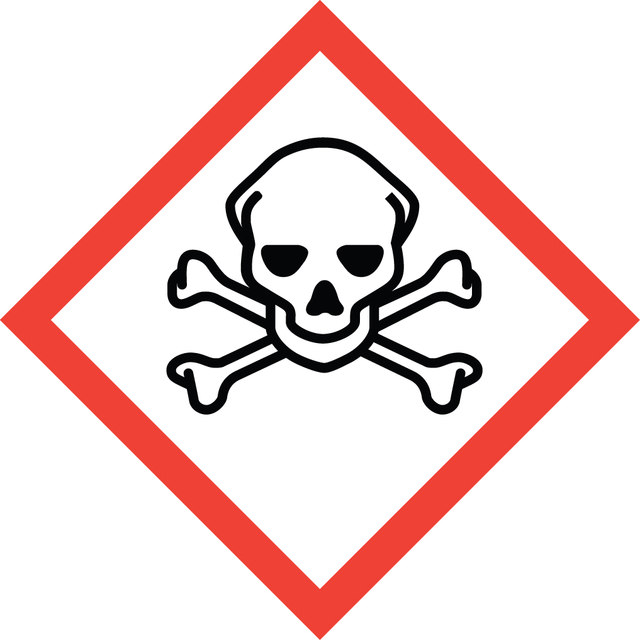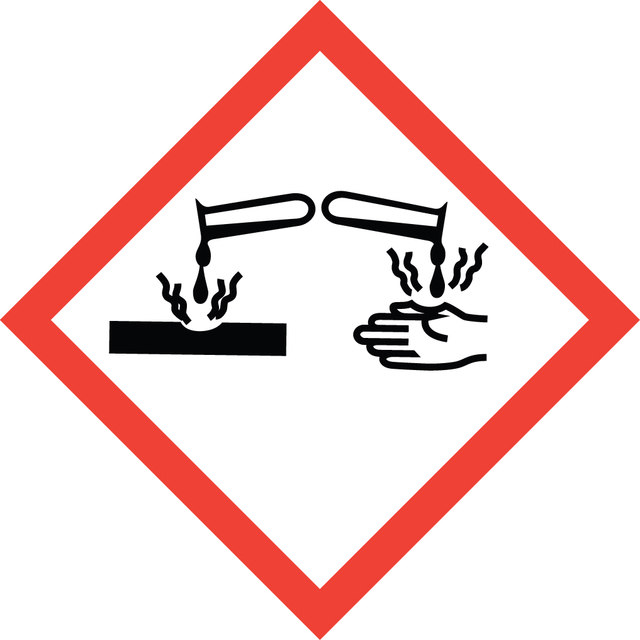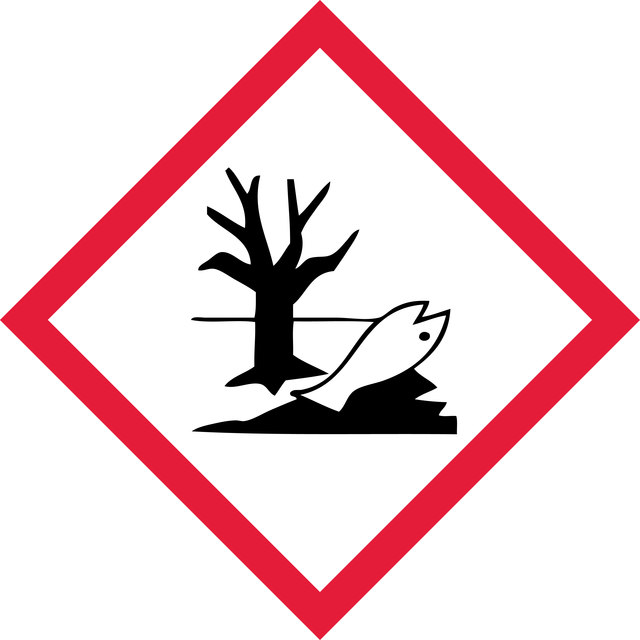Sign In to View Organizational & Contract Pricing
Select a Size
About This Item
Empirical Formula (Hill Notation):
C4H5NOS
CAS Number:
Molecular Weight:
115.15
Beilstein:
606203
EC Number:
MDL number:
UNSPSC Code:
12352100
PubChem Substance ID:
NACRES:
NA.21
Quality Level
Assay
≥94.0% (GC)
95%
form
lumps
impurities
≤5% water
SMILES string
CN1SC=CC1=O
InChI
1S/C4H5NOS/c1-5-4(6)2-3-7-5/h2-3H,1H3
InChI key
BEGLCMHJXHIJLR-UHFFFAOYSA-N
Looking for similar products? Visit Product Comparison Guide
Related Categories
Application
- Insights into the mechanisms of within-species variation in sensitivity to chemicals: A case study using daphnids exposed to CMIT/MIT biocide.: This study investigates the differential sensitivity of daphnids to 2-Methyl-4-isothiazolin-3-one, highlighting the biochemical mechanisms underlying these variations. The findings provide crucial insights for environmental safety assessments (Kim et al., 2023).
- Effects of the biocide methylisothiazolinone on Xenopus laevis wound healing and tail regeneration.: The study assesses the impact of 2-Methyl-4-isothiazolin-3-one on regenerative processes in amphibians, contributing to the understanding of its biological effects and potential toxicity (Delos Santos et al., 2016).
- T cell lymphomatoid contact dermatitis: a challenging case and review of the literature.: This review includes discussions on 2-Methyl-4-isothiazolin-3-one-induced contact dermatitis, providing valuable information for dermatological applications and safety assessments (Knackstedt and Zug, 2015).
Disclaimer
The product is not intended for use as a biocide under global biocide regulations, including but not limited to US EPA′s Federal Insecticide Fungicide and Rodenticide Act, European Biocidal Products Regulation, Canada’s Pest Management Regulatory Agency, Turkey’s Biocidal Products Regulation, Korea’s Consumer Chemical Products and Biocide Safety Management Act (K-BPR) and others.
Signal Word
Danger
Hazard Statements
Precautionary Statements
Hazard Classifications
Acute Tox. 2 Inhalation - Acute Tox. 3 Dermal - Acute Tox. 3 Oral - Aquatic Acute 1 - Aquatic Chronic 1 - Eye Dam. 1 - Skin Corr. 1B - Skin Sens. 1A
Supplementary Hazards
Storage Class Code
6.1A - Combustible acute toxic Cat. 1 and 2 / very toxic hazardous materials
WGK
WGK 3
Flash Point(F)
Not applicable
Flash Point(C)
Not applicable
Personal Protective Equipment
dust mask type N95 (US), Eyeshields, Gloves
Choose from one of the most recent versions:
Already Own This Product?
Find documentation for the products that you have recently purchased in the Document Library.
A Spawn et al.
Neuroscience, 205, 194-204 (2012-01-17)
Methylisothiazolinone (MIT) is a commonly used biocide known to be neurotoxic in vitro. Brief exposure of cortical neurons in culture to MIT results in increased neurodegeneration, whereas chronic exposure of developing neurons in culture to low concentrations of MIT has
Eleanor Higgins et al.
Dermatitis : contact, atopic, occupational, drug, 24(2), 73-76 (2013-03-12)
The isothiazolinones methylchloroisothiazolinone and methylisothiazolinone (MCI/MI) are the active ingredients in a frequently used preservative in cosmetic, household, and industrial products. This study reviewed our department's cases of allergic contact dermatitis caused by MCI/MI, outlining their clinical presentation and possible
Christina L Burnett et al.
International journal of toxicology, 29(4 Suppl), 187S-213S (2010-07-22)
Methylisothiazolinone (MIT) is a heterocyclic organic compound used as a preservative in cosmetics and personal care products in concentrations up to 0.01%. MIT is a colorless, clear liquid with a mild odor that is completely soluble in water; mostly soluble
Leena Ackermann et al.
Contact dermatitis, 64(1), 49-53 (2010-12-21)
Antimicrobials constitute the second most common cause of contact allergy to cosmetics. Methylisothiazolinone (MI), previously always used together with methylchloroisothiazolinone (MCI), has recently been approved in the EU for use on its own in cosmetics and also various industrial products.
Julien Mutschler et al.
Toxicology in vitro : an international journal published in association with BIBRA, 23(3), 439-446 (2009-05-16)
Assessment of skin sensitization hazard of chemicals currently depends on in vivo methods. Considering the forthcoming European Union ban on in vivo testing of cosmetic/toiletry ingredients, the search for alternative non-animal approaches is an urgent challenge for investigators today. For
Our team of scientists has experience in all areas of research including Life Science, Material Science, Chemical Synthesis, Chromatography, Analytical and many others.
Contact Technical Service

